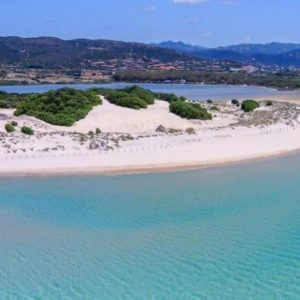On this day in 2012, the Costa Concordia disaster unfolded off the coast of Tuscany. The luxurious cruise ship struck rocks near Isola del Giglio, leading to the loss of 32 lives.
At 9:45 pm on 13 January 2012, the Costa Concordia, carrying 3,206 passengers and 1,023 crew, veered off its planned course. The ship’s captain, Francesco Schettino, had ordered a close pass to Isola del Giglio, a maritime “salute” meant to dazzle onlookers. However, this dramatic manoeuvre went catastrophically wrong.
The ship, travelling at 16 knots, struck a reef known as Le Scole. A miscommunication between Schettino and the helmsman delayed corrective actions, causing the vessel’s stern to collide with the rocks. The impact tore a 53-metre gash into the port side, flooding the engine rooms and cutting power.
A Delayed Evacuation
As water poured in and the ship listed dangerously, Captain Schettino downplayed the severity of the situation, initially attributing it to a blackout. It wasn’t until nearly an hour later, at 10:54 pm, that the Captain issued the order to abandon ship. Some lifeboats had already been launched in chaos.
Rescue efforts involved 25 coastguard boats, 14 merchant ships, and helicopters. By early morning, over 4,000 people had been evacuated. However, 32 individuals lost their lives. Many survivors recounted harrowing escapes in darkness and freezing waters, while others criticised the lack of organisation during the evacuation.
Captain Schettino faced widespread condemnation for his actions that night. His decision to delay the evacuation and his alleged abandonment of the ship drew ire. Coastguard records revealed his refusal to return to the vessel despite being ordered to do so, further tarnishing his reputation. Schettino claimed he accidentally fell into a lifeboat, a defence that did little to sway public opinion or the courts.
In February 2015, Schettino was convicted of manslaughter, causing the wreck, and abandoning ship. He received a 16-year prison sentence. The sentence was upheld on appeal.
The Aftermath
The Costa Concordia’s partially submerged hull became an enduring image of the disaster. Salvage operations were among the most complex in maritime history, with the ship eventually refloated and towed to Genoa for dismantling.
The total cost of the disaster, including compensation for victims, salvage operations, and scrapping, reached an estimated €1.75 billion, nearly four times the ship’s original cost. The final victim’s body was recovered in November 2014.





